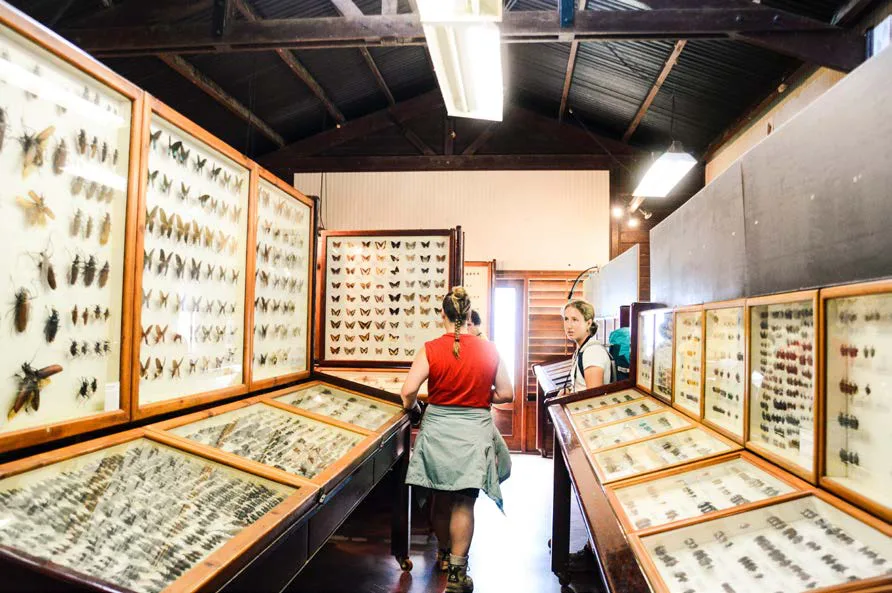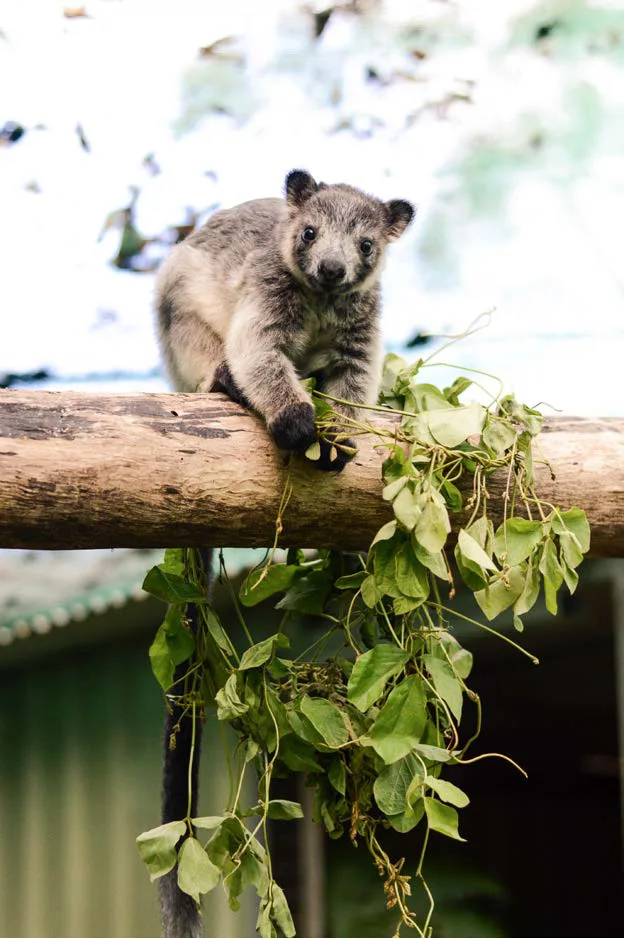A Week of Wet Tropics Icons
These past two weeks have been an absolute whirlwind here at the Centre for Rainforest Studies! Since you last heard from us, we have spent a weekend exploring Cairns’ downtown area on our own, spent three days at Daintree, and finished our big midterm assignments. Our SAMs (Student Affairs Managers) really weren’t joking about the schedules being packed.
Daintree is about a three hour drive north from the Centre. The rainforests go way up to the edges of the coast, blending edges with mangroves and beaches. Justus, our Environmental Policy professor, as well as the Centre Director, Amanda, gave us a couple lectures right in the Djindalba and Marrdja National Parks about the heritage and history of the area. Because of the conflicts between environmental organizations, local community and state government, the area propelled a national political movement that resulted in the declaration of the Wet Tropics region as a UNESCO World Heritage Area.


No words can really describe the feeling of being able to walk through Australia’s oldest and largest continuous rainforests and mangroves – walking under giant king ferns, fan palms, cycads and towering figs, trying to grasp that these were probably the same plants that giant kangaroos and Ankylosaurs lived among. As an Art minor, I’ve also been challenging myself to capture the complexity and texture of the rainforests meaningfully, to put what I understand as a biology student about rainforest structures into photos.


For myself, the most rewarding moment from Daintree was being able to see a Southern Cassowary just standing on the side of the road, complete in its bright cobalt neck and large feathered body. Half of the class was able to see a male with its stripey chicks foraging in Djindalba as well! It’s such an iconic creature but so elusive and peculiar looking that it almost felt like our professors and staff were speaking about a mythical creature.
We also went to an entomological museum and saw a large collection of insects all done by one man by hand. They had a Pandanus plant outside the door with rare peppermint stick insects resting on the leaves, and thorny leaf insects at pets!




Lunch at Thornton Beach

We probably did less eating than we did photographing!

The rainforest meets the ocean at Cape Tribulation
Since then, we have been working hard on a climatic modelling project and a paper about local attitudes toward feral animals. We got the perfect study break on a field lecture with Siggy at the Lumholtz Lodge near Malanda. There, we got to learn about caretakers and the unique husbandry requirements of Lumholtz’s tree kangaroos and pademelons by meeting the animals themselves up close.
So much can happen within a week here, like meeting almost all of the Wet Tropics’ iconic fauna, that I think I still need more time to process all I’ve seen.

Early mornings in the classroom

Nelson, the tree kangaroo that stole everyone’s hearts

Rosie, a pademelon raised by Siggy’s friend, Margit Cianelli

Mr. Todd, another pademelon raised by Margit
Related Posts

Camila Rojas: Alumni Spotlight⭐

